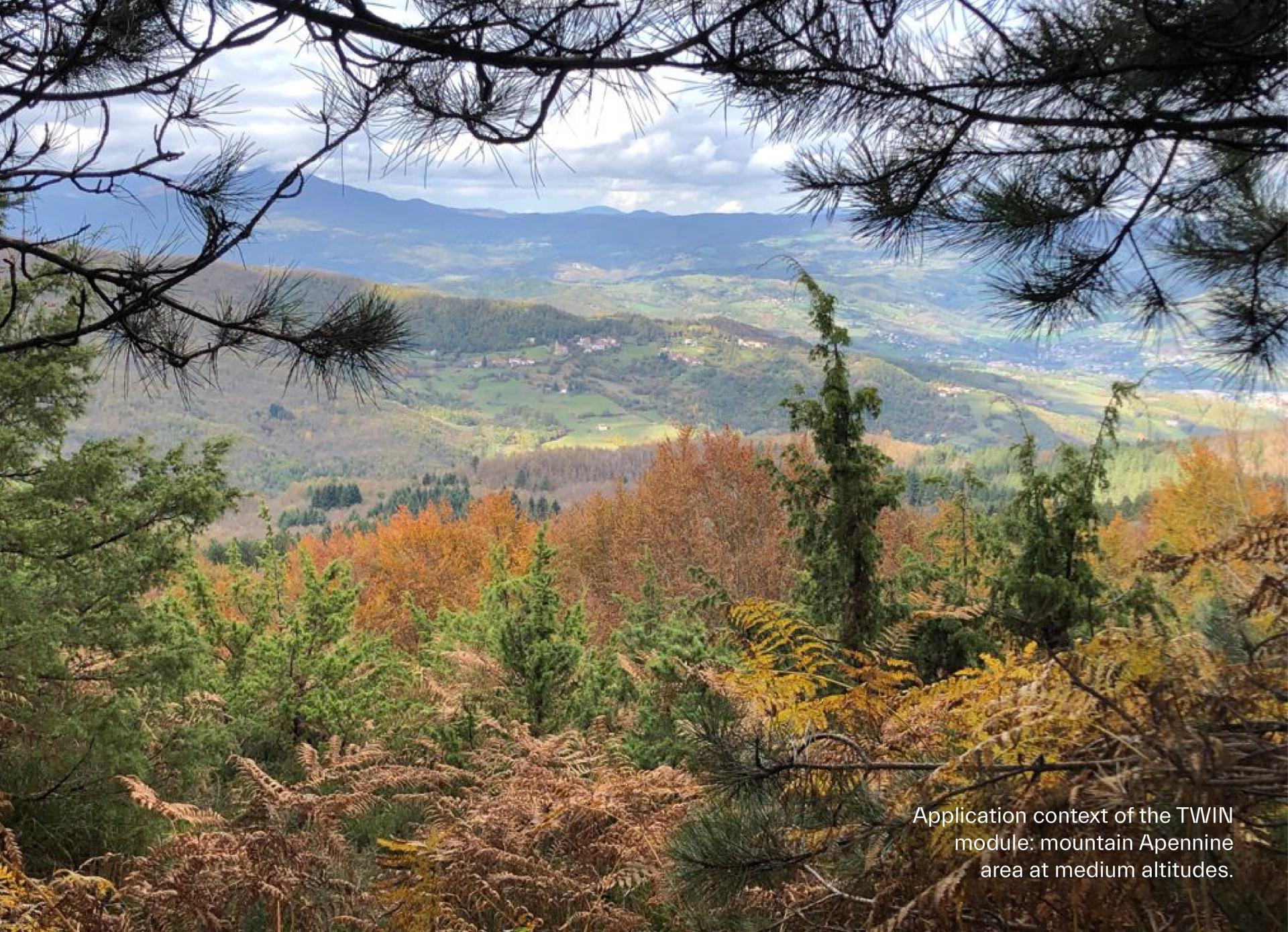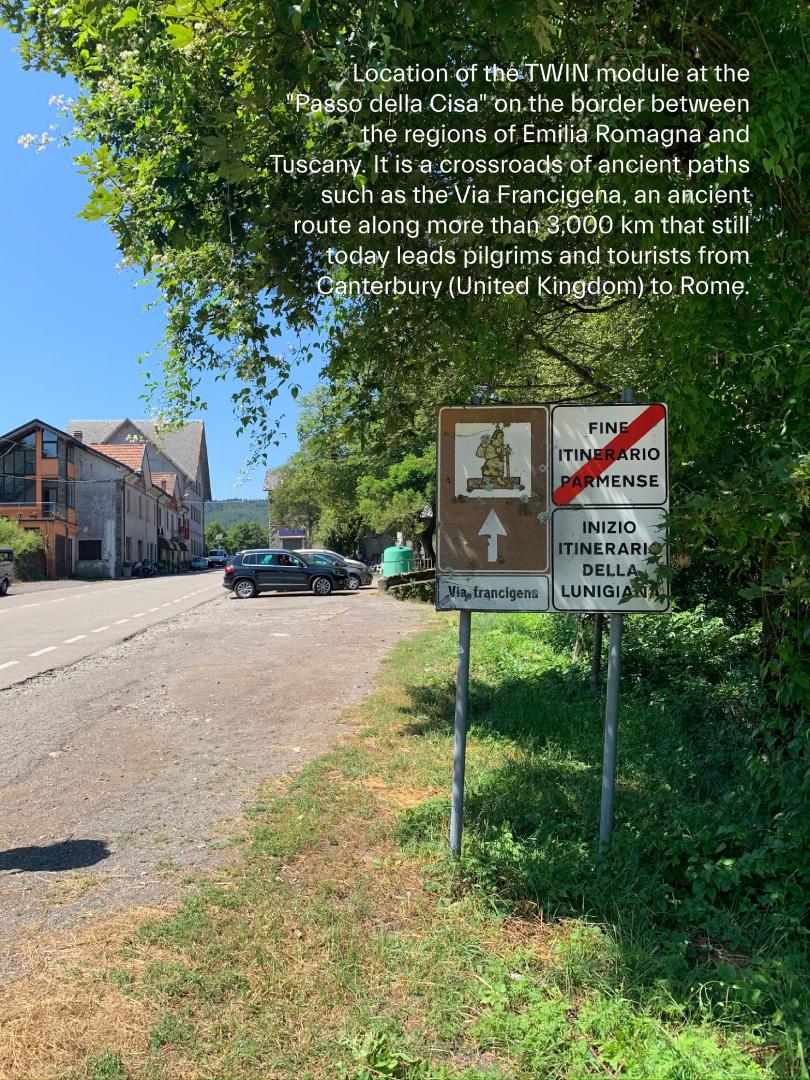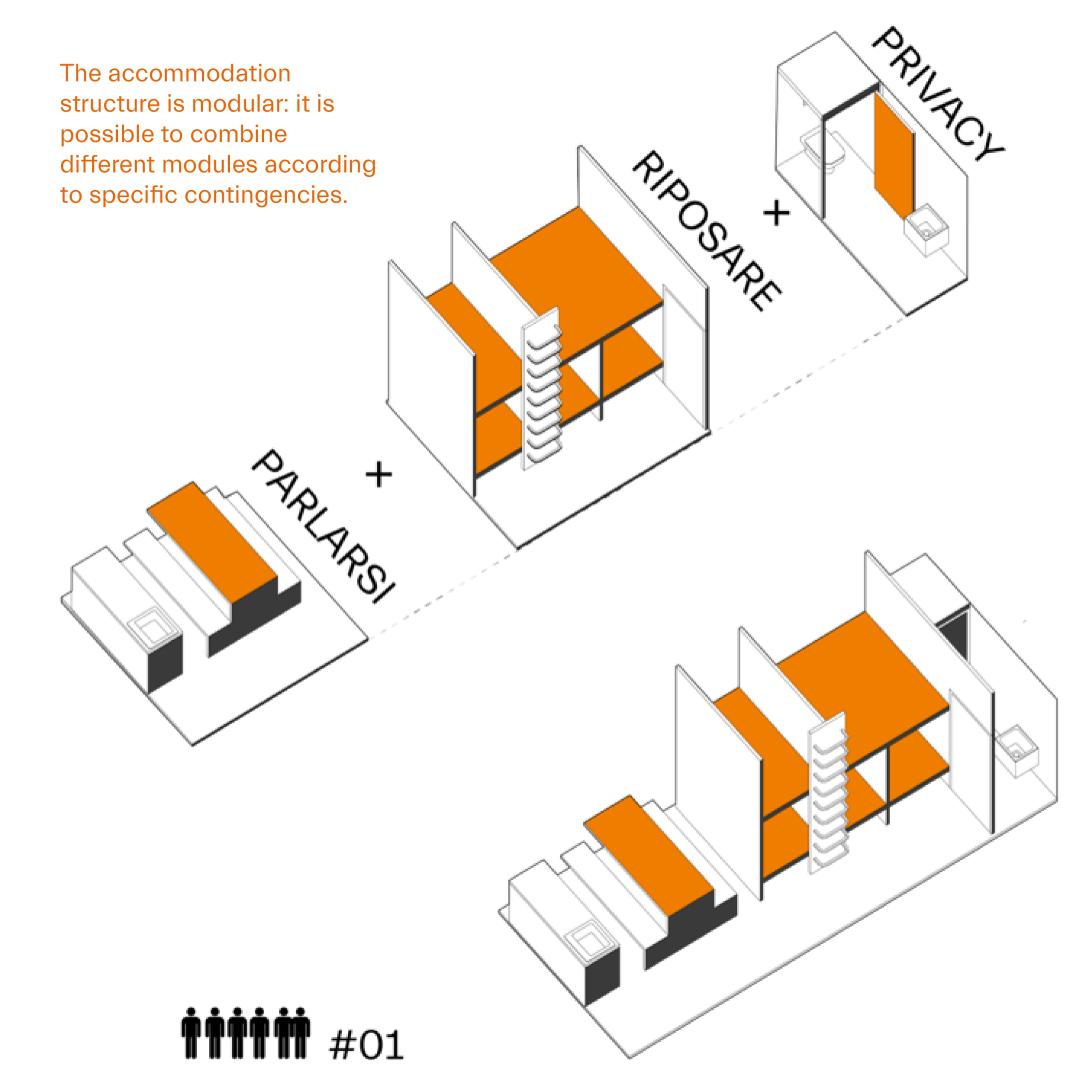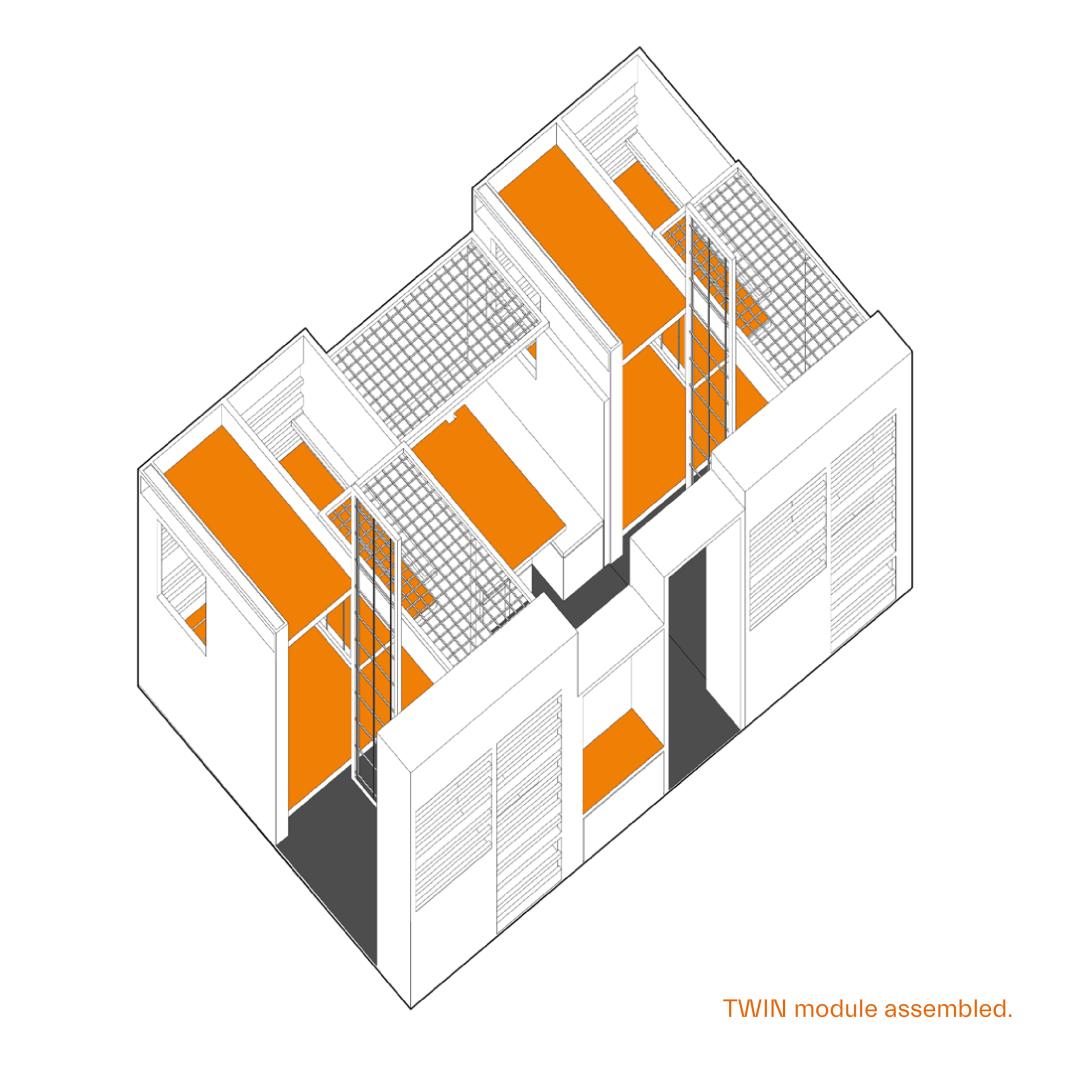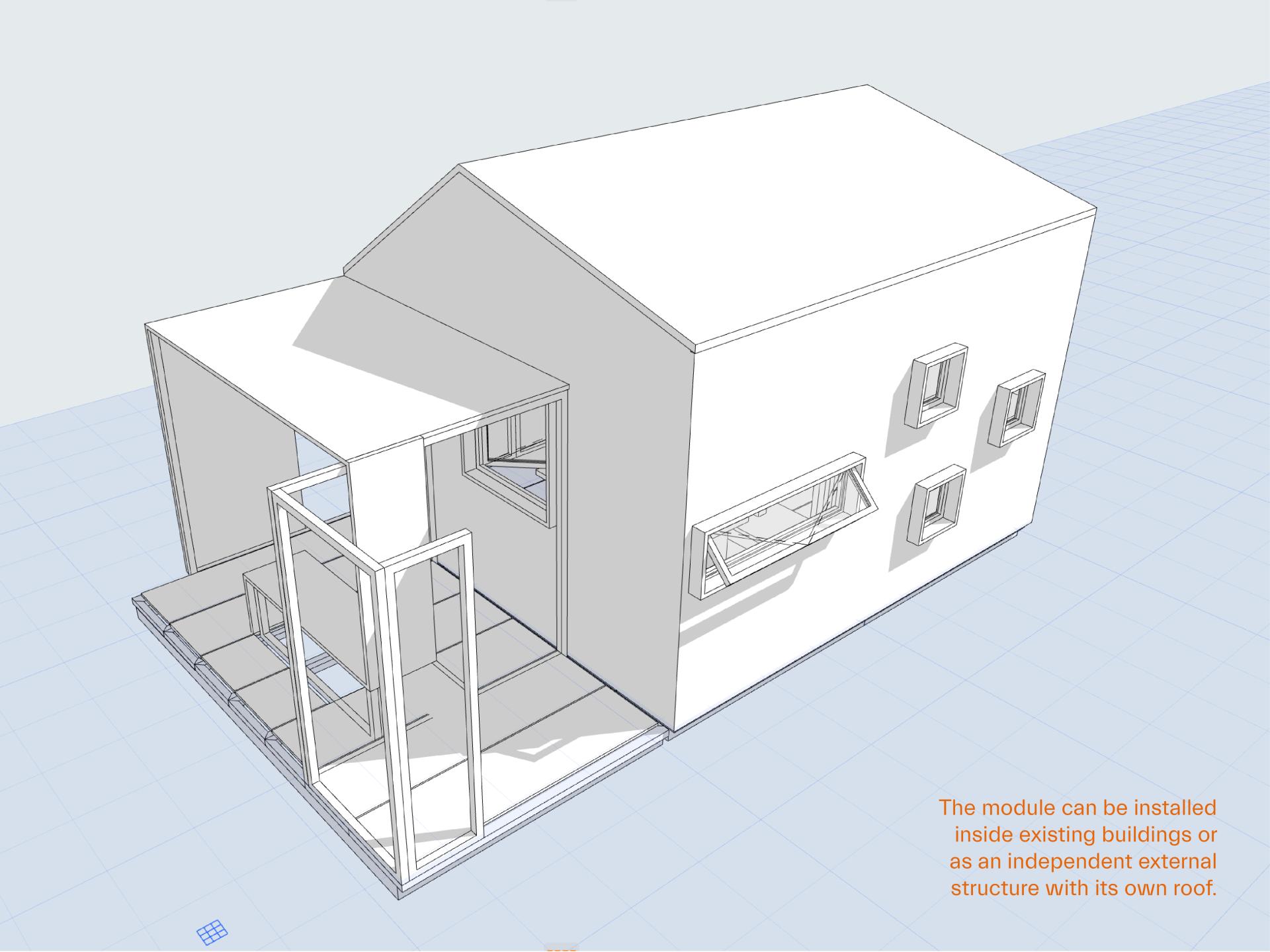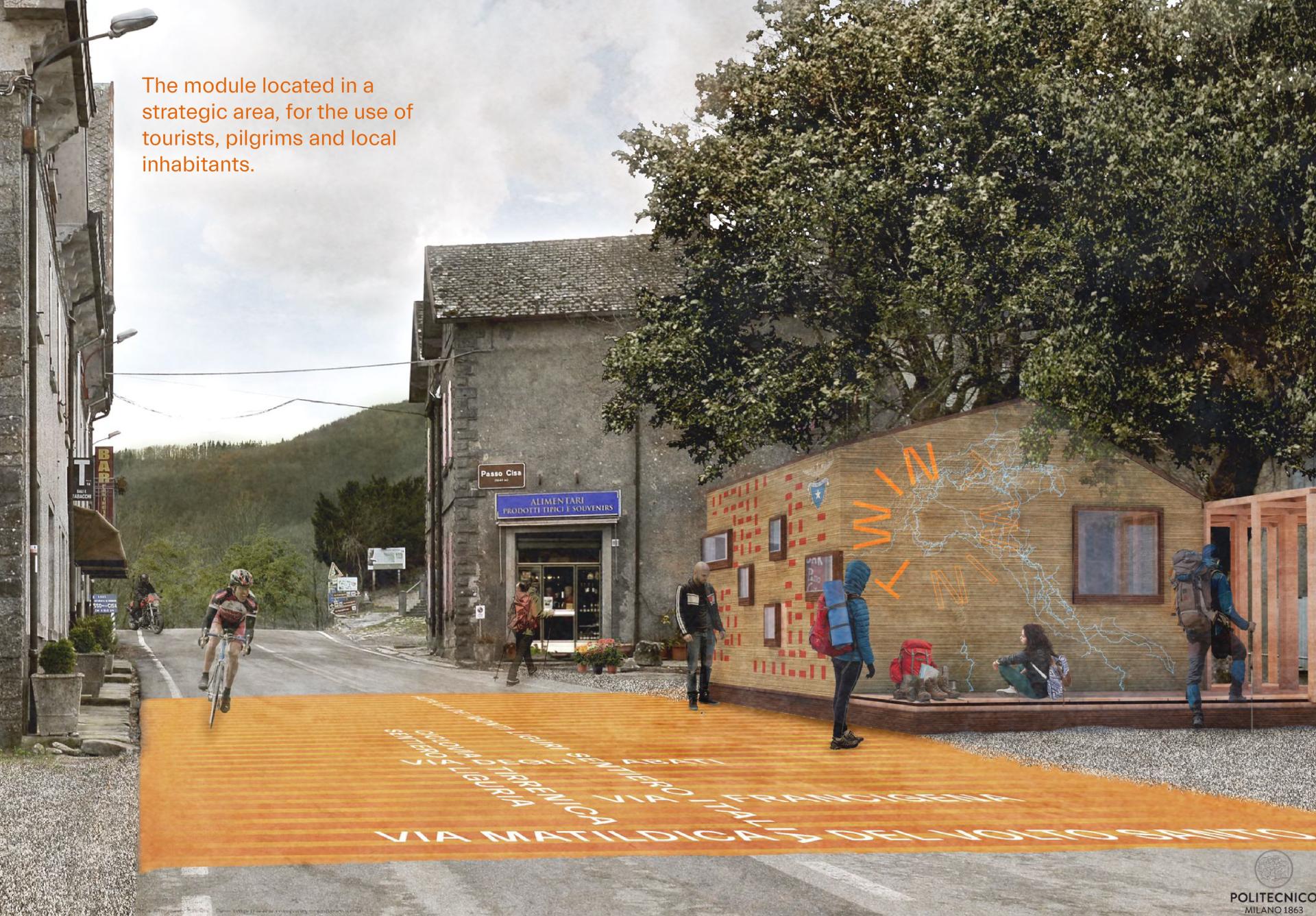TWIN, Trekking Walking Inclusion
Basic information
Project Title
Full project title
Category
Project Description
TWIN project has the ambition to define a replicable territorial model for the benefit of marginal and fragile territories crossed by slow&long lines, combining slow tourism with social inclusion and regeneration of unused buildings and forgotten areas. TWIN is an initiative of a research group based at the Department of Architecture and Urban Studies at Politecnico di Milano and is a winning project of the Call Polisocial Award 2019, the social responsibility program of this university.
Project Region
EU Programme or fund
Description of the project
Summary
TWIN, an acronym for Trekking Walking, Cycling for Inclusion, is a project that speaks for binomials: slow tourism and social inclusion, slow lines and recovery of disused buildings, infrastructure and services. It aims to develop a model of territorial regeneration, creating co-benefits. The project has chosen as a test field the area of Apennines on the border between Liguria, Emilia-Romagna and Tuscany that is a crossroads of old slow lines: the national path Sentiero Italia – CAI and three important and ancient religious paths as Via degli Abati, Via Francigena and Via Matildica del Volto Santo. Although depressed and undervalued, these territories conceal considerable environmental and cultural wealth.
TWIN aims to trigger sports tourist flows able to regenerate fragile territories and to offer employment to people in need of social inclusion, such as disabled, unemployed, prisoners, drug addicts etc. Along the paths, in fact, there are numerous unused buildings or areas that, hosting new reception services, will become a laboratory of experimentation of an innovative and inclusive employment model in service of slow tourism. The final objective is to create an intervention model solidary and replicable, able to steer public policies through an unprecedented structural twinning between slow tourism and social inclusion.
TWIN is a research project winner of the Polisocial Award 2019, the social responsibility program of the Politecnico di Milano, financed with funds “5 per Mille” that the Italian taxpayer has decided to donate to research. The project has a duration of 18 months and thanks to the economic contribution of the Italian Alpine Club (CAI) TWIN is undertaking a concrete field experimentation located in the municipality of Berceto, in the Emilia Romagna mountain region, opening a tourist accommodation service useful for slow tourists for the season 2021 and that will be replicated also in the following season along others slow tourist path.
Key objectives for sustainability
Slow tourism is sustainable since it respects the environment and is ethically and socially positive for communities. Hiking or cycling along slow lines has no environmental impact, on the contrary is an activity that enhances natural contexts and local economies.
TWIN supports slow tourism and has built an accommodation facility located in a strategic point for paths, respecting the terms of sustainability and non-invasiveness of the territory. The “module” has been designed precisely for the recovery of disused spaces, and to avoid the aggravation of soil consumption. The structure is built with reclaimed timber that comes from areas affected by the ‘Vaia’ Storm, an extreme weather event that in 2018 cut down 16 million trees in four different northern Italian regions. The reuse of this raw material is part of a resource recovery cycle and can also support communities.
Key objectives for aesthetics and quality
TWIN is realizing accommodation facilities for pilgrims, hikers or cycle-tourists structuring small structures in strategic areas to offer not only a place functional to the trip but also the opportunity to stop in extraordinary places that are normally abandoned.
Starting from slow tourism, we want to offer a new aesthetic experience able to tell the territory through a new look. For this reason we have activated a small receptive activity for the summer season 2021 that will serve as an overnight place along the tourist routes. The TWIN module can be located inside an existing building, or outside as an independent structure with its own cover. In any case, the location will become a narrative space, able to tell the beauty of the place and the strategicity of a new inclusive model of slow tourism. The storytelling project takes place through a plurality of languages that exploit art and design the horizontal and vertical surfaces available, and the elements that the context offers. In detail, the modul is a light micro-intervention measured on the gestures of people and the playful dimension of living spaces. Its dimensions recover some characteristics of the small high mountain bivouacs, able to summarize in a minimal space the intimate dimension of living and the community dimension of being together. It is based on the use of low-tech construction techniques and high replicability from any simple enterprises. In this way it is possible to involve local craftsmen and carpenters in its realization, possibly also providing for the employment of fragile people in the workshops: a process that adds unique cultural, technical and aesthetic value to the materials. The design of the TWIN module, finally, introduces within its spaces some devices for play and relaxation: elastic nets to use as hammocks or rope nets instead of stairs, developing the playful dimension that these spaces can express. The result is a use of spaces minimal but not apathetic.
Key objectives for inclusion
The very name of the project - TWIN, Trekking, Walking, Cycling for Inclusion - explains the will to involve social and human fragility particularly present in marginal areas, where labour and social policies are weaker. This is why social inclusion is one of the most important principles of the project, that wants to be supportive along the entire planning line.
Our idea is to structure accommodation facilities in crucial points of slow paths, integrated with the surrounding environment and perfectly adhered to the principles of social inclusion. The structure itself, in fact, is made of wood and it is built inside institutions for the rehabilitation of prisoners, useful to their reintegration into society. Even the wood is part of the vision since it comes from areas affected by an extreme storm called “Vaia” that in 2018 has felled 16 million trees in four different Italian northern regions. The use of this timber can be a form of support to affected local economies and communities.
The service that has been launched within it aims to offer itself as a job opportunity and social inclusion for three different forms of fragility: people with different forms of disability, people who are unable to re-enter the world of work and fragile people due to difficult personal backgrounds, such as former prisoners or women victims of violence. Working at a reception service is an opportunity both formative and motivational and starts a path of integration that will be able to drive even further processes of social inclusion.
TWIN involves social and human fragilities in one of the few areas in expansion and with more potential in the long term, which is slow tourism. The idea is to intensify the practices that combine slow tourism and social inclusion, in order to start a new season of structural policies, inclusive, to revitalize marginal and fragile territories.
Results in relation to category
The category we applied for is the regeneration of urban and rural places.
In its first phase of experimentation TWIN works in the context of the medium altitude Italian mountain, that is a rural context of fragility and territorial marginality. Excluded from traditional tourism, these areas are places affected by problems in the local economies, health system, welfare, digital divide and accessibility. These contexts need support for the resurgence of the basic economy. TWIN offers the opportunity to recreate an economic and social network through a slow tourism project based on walking and cycling lines.
The development of local economies supported by forms of slow tourism could thus offer an opportunity for ransom from fragility and also an opportunity for the involvement and social inclusion of fragile communities and people. It is a way to fight the processes of depopulation and to encourage territorial regeneration.
With this project we start a re-centralising process of rural places with high naturalistic and cultural values. The ancient paths, landscapes and villages now abandoned have great economic and cultural potential: they are located in rural and mountain areas that cover a good part of Italy (thanks to the Alps and the Apennines that flow throughout the peninsula). Working on these areas is therefore a fundamental perspective for a widespread rebirth.
In concrete terms, through the collaboration between institutions and people of the territory we have opened a touristic accomodation in a small village at 1000 amls, providing support to the only economic activity survived on site (a bar) and offering the opportunity to those traveling to stop and live the place.
How Citizens benefit
The TWIN project has its roots in the involvement of local communities and actors. The activation of the accommodation facilities was made thanks to the availability and participation shown by the local community, which helped to find the space and the right conditions to open the service. TWIN in fact intends to focus on areas that need to revive the local economy, by activating a network of collaboration between institutions, citizens, busin
The accomodation structure has opened an activity run by two people, bringing indirect benefits to the bar located in the area.
TWIN is supported by actors who provide its own expertise and resources: i) municipalities make ownership spaces available, unused, partially unused or underused suitable to accommodate the reception service; ii) where this is not possible the municipalities try to find suitable spaces through private individuals; iii) social workers identify the fragility profiles that may be involved in the management of the reception service, building for these people a dedicated training project, and accompany them in this path; iv) cooperatives are a key subject as they hire fragile people and they take charge of the management of the reception service.to the structure v) walkers and cyclists, come into contact with a virtuous process and learn how a certain tourism project can produce benefits. In addition, the TWIN module supports tourist inflows throughout the area giving benefits to the general population. The biggest benefits, however, will be in the long term and in the replicable model somewhere else along other slow lines crossing marginal and fragile areas.
Innovative character
The innovation of the TWIN project lies in the combination of slow tourism and social inclusion. It offers itself as an innovative programme to spread a model of territorial regeneration which clearly defines what slow tourism can and should be as a sustainability project. It is a work that starts from the cultural level, involving citizens and fragile people from the bottom. In a world where the human dimension is crushed by the economic dimension, putting people back at the centre is an innovative act.
A further innovative aspect is the replicability of the project. The setting of simple and reliable processes, materials and workmanship accessible allows the TWIN model an effective replicability which is a fundamental value to change the weakness in opportunities.
The combination of slow tourism, social inclusion and replicability could make a great contribution to support policies for slow tourism, thanks to the last element of innovation, the scale: TWIN works on slow lines that cover different regions, provinces and municipalities, with the aim of creating connections between the various paths. In fact, in Italy there are no policies for the infrastructure of a network of walking paths, except for the Atlas of the Paths written in 2016 by the Ministry of Heritage and Cultural Activities and Tourism which however has not been declined in concrete policies. Therefore, TWIN intends to enhance the wealth of Italian paths, supporting a networking approach between the various actors of the territory. This model can also be adapted at the service of cycling tourism which, unlike hiking, winds mostly in plain territory, characterized by a different type of marginality and fragility. Italy has for five years a National System of Tourist Cycle Routes, which is leading to the construction of cycling infrastructure without however building a holistic project of territory able to address the development of local economies and culture's offer.

